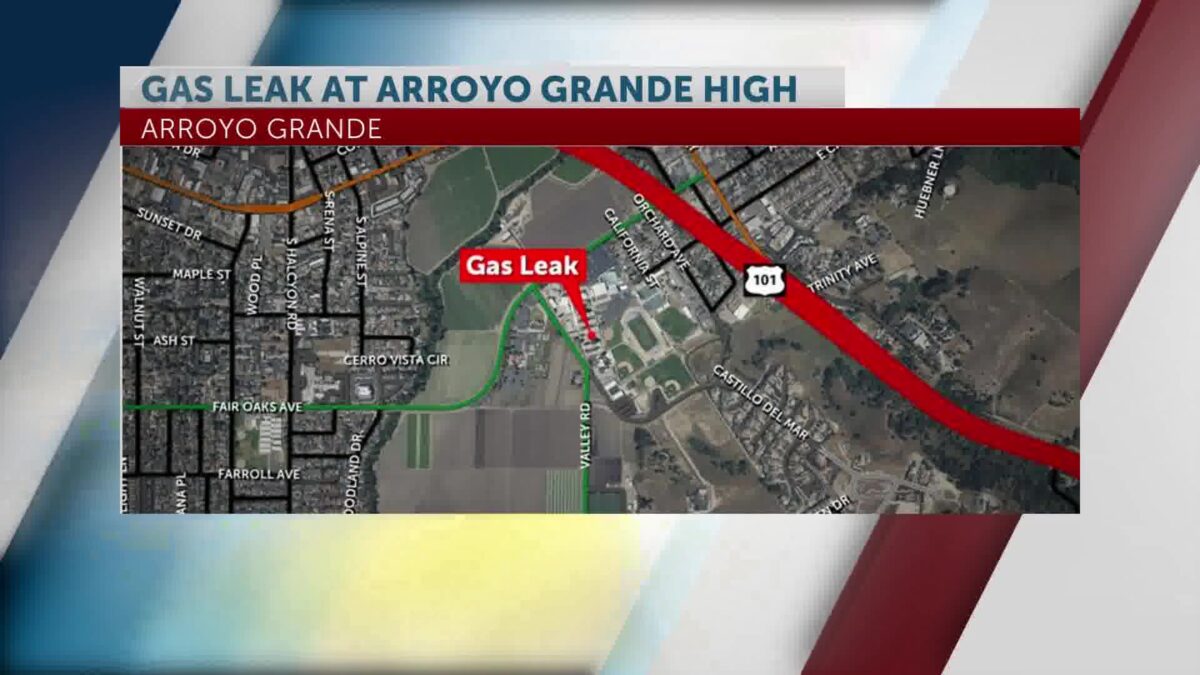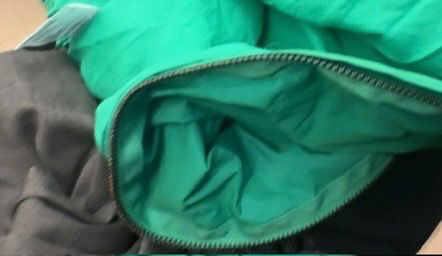Beth Farnsworth
SANTA BARBARA, Calif. (KEYT) – As Barry De Vorzon’s iconic holiday song goes, “It’s Christmas once again in Santa Barbara.”
Lucky for the community, local celebrities Kenny Loggins, Brady Paisley and Duane Henry will be back on the holiday stage for this year’s Unity Telethon.
Your News Channel team will give viewers a behind-the-scenes look at this year’s pre-production performances at the Kenny Loggins Event Center stage at the Unity Shoppe’s Sola Street location.

“I’m going to adopt the accent before this is over,” Paisley joked with Henry, an English actor.
“That should be interesting,” Loggins said, laughing.
Lots of fun banter and laughter as the trio rehearsed lines and songs for the upcoming telethon. It is the Unity Shoppe’s largest fundraiser each year.
Singer and songwriter legend Kenny Loggins is a pioneer behind the cause. He helped the late founder, Barbara Tellefson, push the concept of “unity” among local nonprofits from the get-go in the late 1970s.
“I love it,” said Loggins. “The Unity Shoppe does so much good in the community and it’s been so connecting for everyone. I’m very proud of what has happened with the Unity Shoppe.”
Paisley talked about his family’s full support behind the local food distribution site which serves tens of thousands of people each year.
“We live in Tennessee part of the time and we started a thing, The Store, which is really based on this (Unity Shoppe) mission which is there’s dignity in choice. It’s not a hand-out, it’s a hand-up,” said Paisley.
Paisley and his wife, Kim, a well-known actress, taught their two sons about the gift of giving under this roof, years ago.
Henry said some of his favorite moments during the Unity Telethon happen off stage.
“I like watching people on the phones and the interaction with the people on the other side of the camera. Being a child on the receiving end of this and what this organization does, it comforts me,” said Henry.
Over the years, mega star power for the annual telethon event has included singer-songwriter, Michael McDonald and actor Jeff Bridges, among a host of others. This year, singer-songwriter, Lois Mahalia, will add her soulful sound to the festive event.
“You can’t explain Unity Shoppe in words. It’s a feeling and something you see and experience,” said Angela Miller-Bevan, Unity Shoppe’s Executive Director and CEO.
Tune in tonight at 6:00 PM and 11:00 PM for more behind-the scenes.
The Unity Telethon takes place Friday, December 12 from 5:00 PM to 8:00 PM at the Sola Street location. Viewers can livestream the event at keyt.com.
Click here to follow the original article.









